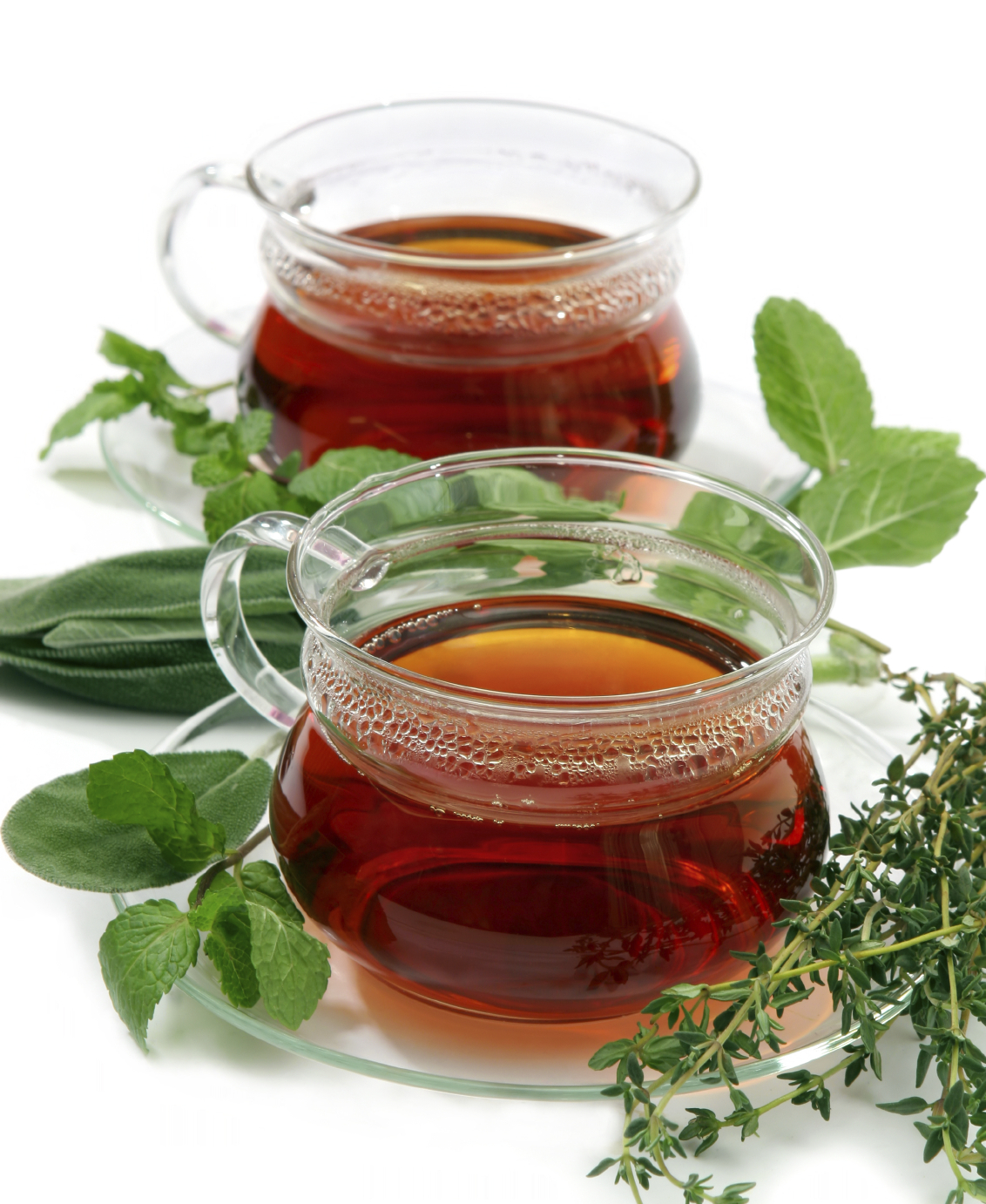Take Time for This Healthy Habit
Mid-afternoon most days, time stands still for 20 minutes. This is when my husband and I, both entrepreneurs who work from our home offices, take time out for this healthy habit. It’s tea time. Nothing can drag us away from this little luxury right smack in the middle of the afternoon. It’s a time where we can just take a deep breath, re-focus and feel all is right with the world … however brief. There’s something to be said for sipping this hot beverage. Even the act of making it is gratifying. It’s nearly a daily health ritual for us now.
I used to have green tea every afternoon after my first-born would lay down for her afternoon nap. By the time I had my second child, I switched to coffee. With the third child, more coffee. Coffee does have health benefits for some people (we’re the genetic type that finds it beneficial), especially if it’s made from organic beans. Let’s face it, what else is a sleep-deprived Mom of three to do?
A few months ago as I was doing research for a paper I’m writing, I was reminded of all the health benefits of tea. By tea, I’m referring only to white, green, black, oolong and pu-erh teas, originating from China and India, not the herbal teas that crowd the store shelves. [There’s nothing wrong with herbal teas, but that’s not what I’m talking about here!] For any hard core tea lovers or herbalists, the teas I’m referring to are from the evergreen plant family Camellia sinensis.
Sometimes Americans think that tea time can be, well, snobby. There’s no crust-less tea sandwiches or pinky fingers poised in the air here. For us, it’s very grounding. Part of a natural rhythm of the day. Much of the world takes time for tea … do you?
Tea time is as old as human history itself. It goes back about 5,000 years. Tea is the most popular beverage consumed worldwide, excluding water and alcohol. The popularity of tea is rising in the U.S. as more Americans are seeking a healthier lifestyle. Tea isn’t just for grannies. In fact, the fastest growing segment of tea drinkers in the U.S. is Millennials (Gen Y, those born between the early 1980s to about 2000).
So what are some of the health benefits of tea you ask? Here are the top 5 for green and black teas:
- Weight management – increases cellular metabolism so you burn fat and improve insulin sensitivity.
- Heart health – decreases your risk of heart attack and stroke, as well as decreases LDL (bad) cholesterol and blood pressure.
- Cancer – decreases your risk of colon, rectal and certain skin cancers. White and oolong teas are also helpful for this topic. EGCG, the primary antioxidant in green tea, is thought to kill cancer cells by destroying the cancer cells’ mitochondria.
- Brain health – slows down age related memory decline and is thought to protect your brain from toxins that may cause neurodegenerative diseases like Alzheimer’s and Parkinson’s.
- Bone health – increases bone density in post-menopausal women, especially when combined with Tai Chi. (Am J Clin Nutr 2000: 71: 1003-7.)
How Much Is Good for You?
The scientific literature mentions a range of 1-4 cups (average 2) of green or black tea per day to promote health. How much and what type of tea each person needs is unique to them. A general rule of thumb from Dr. Peter J. D’Adamo is everyone seems to benefit from green tea, while black tea seems to benefit blood type O the most.
As an herbal teacher of mine wisely says:
“Something’s wrong with your lifestyle if you don’t take time for tea.”
Leave me a comment below about your tea time ritual!

